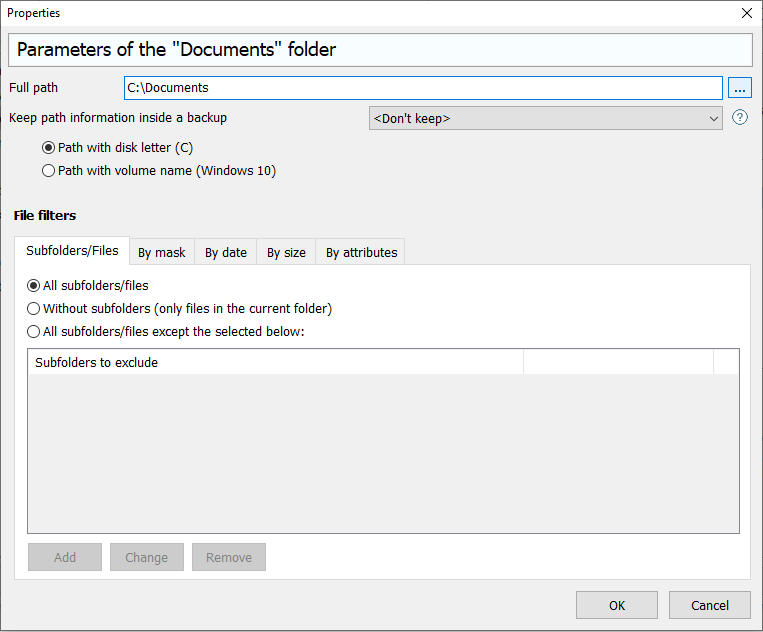

- NETWORK FILE SYNCHRONIZATION UPDATE
- NETWORK FILE SYNCHRONIZATION SOFTWARE
- NETWORK FILE SYNCHRONIZATION PC
Thus, it is the best tool which helps you to synchronize folders between different devices.
NETWORK FILE SYNCHRONIZATION UPDATE
Sync program can update and make data backup on a local network or through the Internet. Data backup will keep files with the information in safety.ĭo not forget that your computer is the important tool and data warehouse of the important folders with files in a daily life.īy the instrumentality of File Sync you can synchronize directories of external drives (USB, flash drives, CDRW) with hard disk.

We all have a risk to lose the information and its recovery will occupy a lot of time and money.
NETWORK FILE SYNCHRONIZATION SOFTWARE
The other function of sync software is automated data backup. Directory replication is possible between these devices. We use external drives, USB flash drives and a local network for keeping of files. You can make data backup between home computer and office-grade PC. It is necessary for automatic file replication. File replication is a creation and maintenance of multiple copies of the same database. For example, sync software makes file replication. There are other functions of sync program. Then all data will be identical on the personal computer and on the laptop. It is better to take advantage of the special software which synchronizes folders. You have to control changes constantly and it is labour-intensive process which takes away a lot of time. Many data are changed in working process.
NETWORK FILE SYNCHRONIZATION PC
This is great and allows a very fast speed transfer (4 MB/s!) sync of phone computer both connected to the same home router via WiFi.File sync, file synchronization, sync software, synchronize folders,įolders sync, sync program, synchronize directory, directory syncįile Sync is software which helps you to synchronize folders and directories on your PC or the laptop. If you sync two computers which are in the same local network (by just giving the DeviceID to each other, no need to care about local IP addresses), it will automatically notice that it doesn't need to transit via internet, but it can deal locally. less than 1 second for a small text file) it's on the other computer You can reduce fsWatcherDelayS in the config.xml from 10 to 2 seconds so that after doing CTRL+S, 2 seconds later (+the time to upload, i.e. I tried both, and I couldn't make any of them work (probably a problem with my VPS configuration).Īdditional advantages of Syncthing I've just noticed: Please note that in this tutorial they don't use sshfs-win but win-sshfs instead (these are two different projects). Then on the home computer's browser, open : this will be the VPS's Syncthing configuration!

Nohup syncthing-linux-amd64-v0.14.52/syncthing & Tar xvfz syncthing-linux-amd64-v0.14.52.tar.gz The latter option will redirect the VPS's Syncthing web-configuration tool listening on port 8384 to the home computer's port 8385. Use the normal Syncthing in-browser configuration toolįirst connect the VPS with a port forwarding: ssh -L 8385:localhost:8384 One great thing I've noticed is that you don't have to think about the IP of the home computer and server with Syncthing: each "device" (computer, server, phone, etc.) has a unique DeviceID and if you share the ID with another device, it will find out automatically how they should connect to each other. A few seconds later it's automatically replicated on the distant server (without any popup dialog). It automatically detects changes on both sides and the replication is very fast.Įxample: imagine you're working locally on server.py in your favorite Notepad software, you hit CTRL+S (Save). Following comment, I finally spent a few hours testing Syncthing for this use case and it works great.


 0 kommentar(er)
0 kommentar(er)
